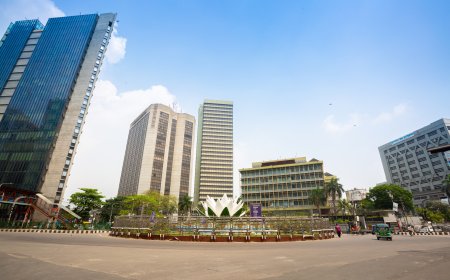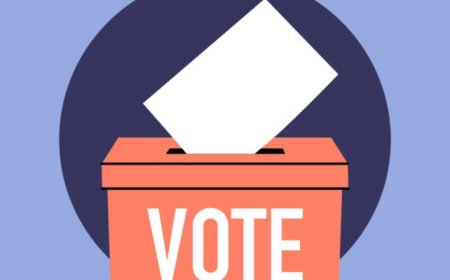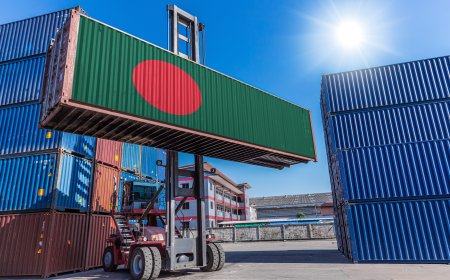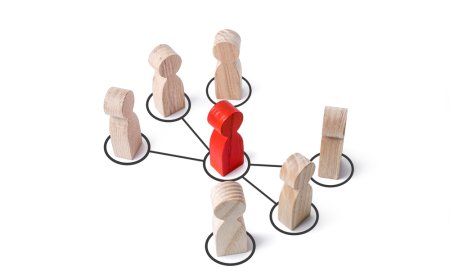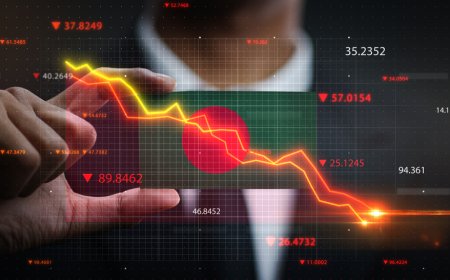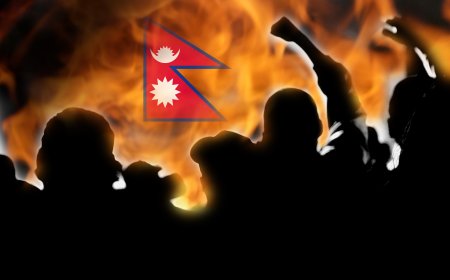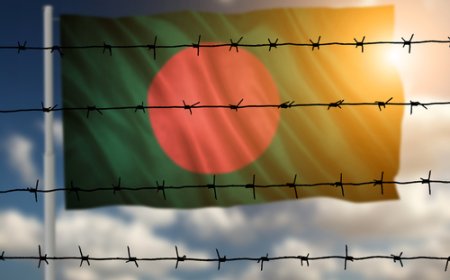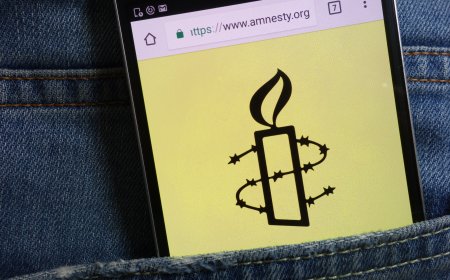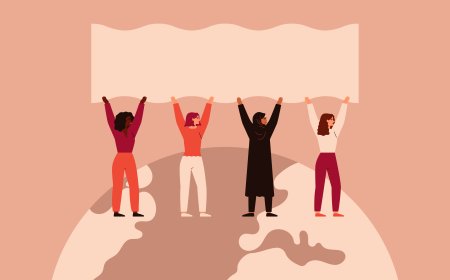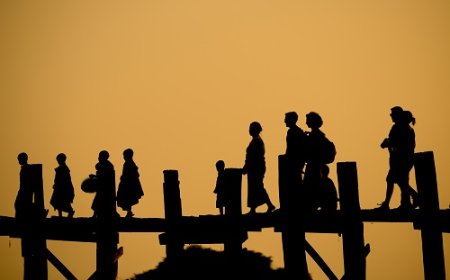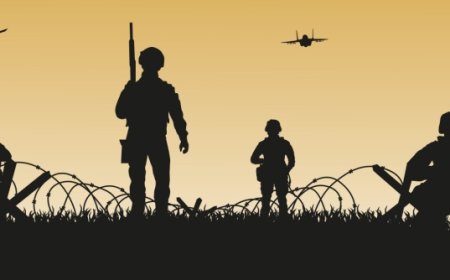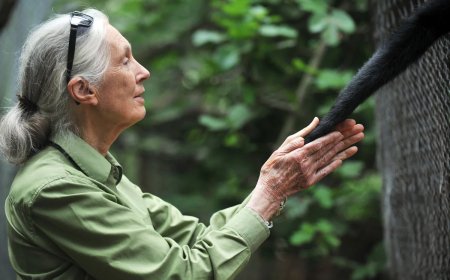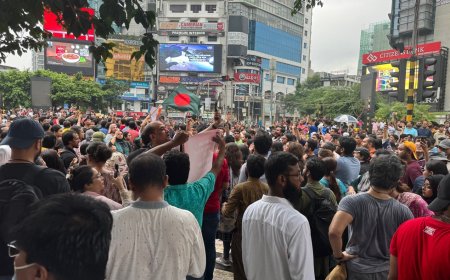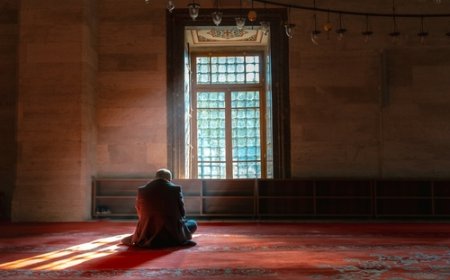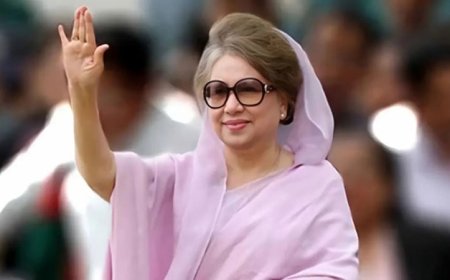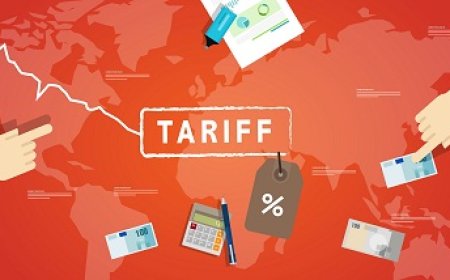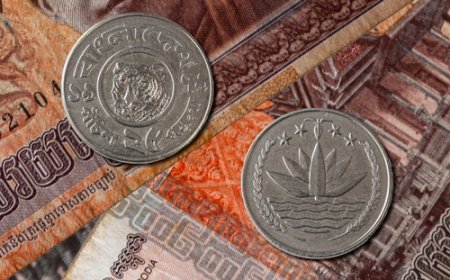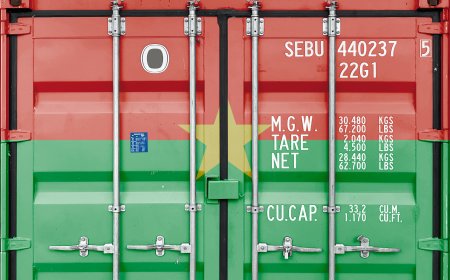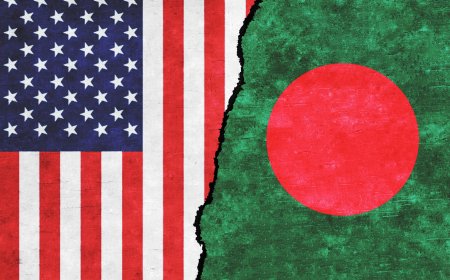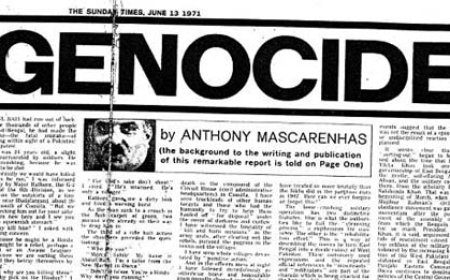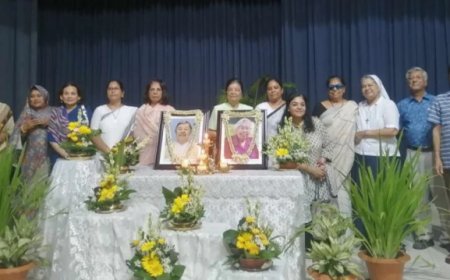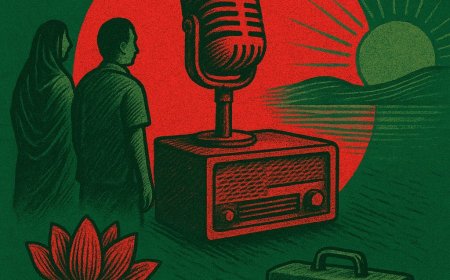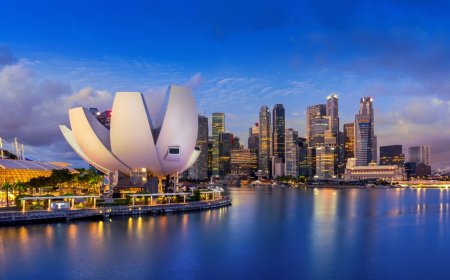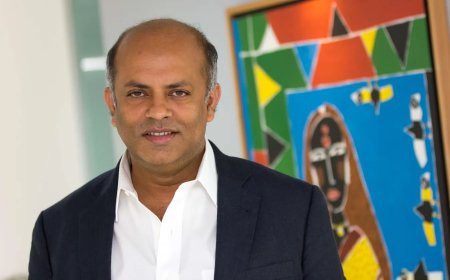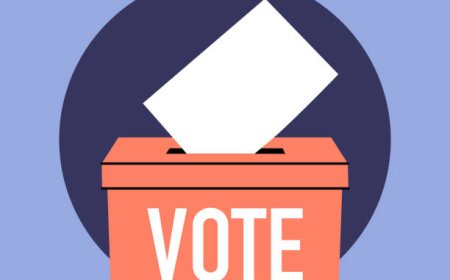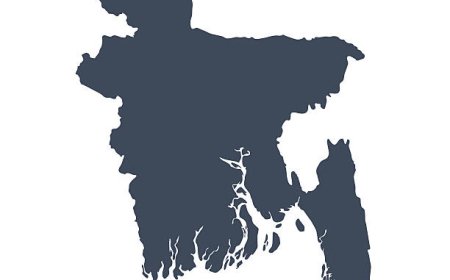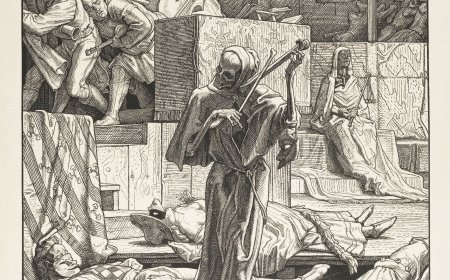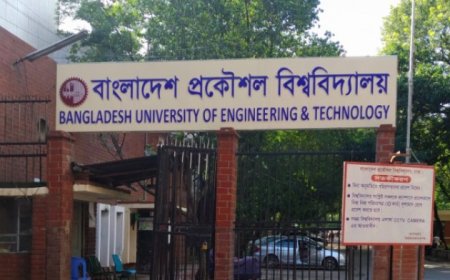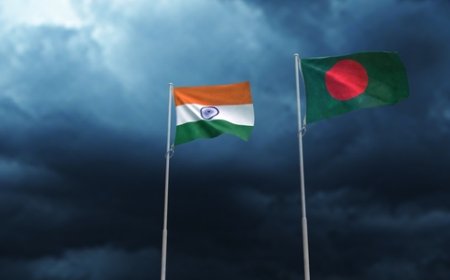What the Innovision Poll Says and What It Doesn't
Everything you wanted to know about the PEPS survey. A closer reading of the survey's findings unearths a treasure trove of information for the political parties and the general public. Too many commentators have only looked at the surface, hence they are missing the true insights.

The second round of Innovision Consulting’s People’s Election Pulse Survey (PEPS) has sparked considerable interest among political analysts, journalists, and stakeholders internationally and within Bangladesh.
Some of the results have challenged widely held beliefs or the status quo. As a researcher, I am deeply interested in understanding alternative voices. This allows scrutiny and analysis that reveal insights that otherwise go unnoticed.
Before I delve into the details of some of these nuances, here is a quick summary of the survey methodology. PEPS is a face-to-face household survey done on 10,413 samples selected from 521 Primary Sampling Units (PSUs), from 64 districts and 8 divisions of Bangladesh. The survey follows the same two staged stratified random sampling methodology from round 1 survey that was undertaken in February 2025. We retained the same survey methodology and the survey was administered in the same PSUs to ensure that the results from the two rounds are comparable.
Approval Rating of the Interim Government
One of the survey’s most discussed findings pertains to the approval rating of the interim government (IG), led by Dr. Yunus. The results were as follows: 39.5% rated the performance as good, 39.2% as moderate, and 17.2% as bad, with 4.1% offering no response.
Moderate does not indicate bad; neither does it indicate good. It indicates, people are indifferent. It would not be inaccurate if an analyst concludes from the survey that the IG generally has positive approval. However, if the good, moderate and bad ratings are taken out of the discussion to say ’78.7% of the survey respondents have rated the IG’s performance as satisfactory’ then it will be inaccurate.
Unfortunately, most analysts did not read the report and the details and commented on newspaper headlines. Nevertheless, the fact that the analysts were critical about IG’s performance was an important signal that we took into consideration to further analyse the results. We asked, what can explain a favorable rating for the IG. We found some intriguing insights.
In the September 2025 survey, 56.6% of respondents reported an increase in extortion over the last six months, compared to 41% in February 2025. This suggests that respondents acknowledged deteriorating law and order which was one of the arguments used by analysts to say that the IG’s approval cannot be generally positive. We found that in the September survey, law and order topped the list of expectation from the future government (57.5%). This further suggests that the respondents are also highly likely to be aware of the deteriorating law and order situation.
Given this, why might be the approval rating generally positive? The answer potentially lies in the commodity prices. In the February survey, an overwhelming 71.2% of the respondents identified controlling commodity prices as the priority for the future government followed by law and order (52.2%). In contrast, in the September survey, 54.5% identified controlling commodity prices as a priority expectation from the future government.
This is an important insight that we should take note of. Our survey potentially indicates that commodity prices rather than law and order is the most important determinant for the common people to assess performance of the government. This is also likely because of the fact that food prices affect the respondents directly while law and order is an indirect effect to most. This is evident on the fact that while asked about the source of information on deteriorating law and order, 41.1% identified social media as their primary source followed by private TV channels (20.0%).
Furthermore, IG’s approval rating was found to be poor among students, Gen Zs, people with higher educational qualification and higher household income. These are also the groups which identified social media as their primary source of information on extortion.
The findings therefore provide two important insights: (i) It is probable that food price rather than law and order is used by the common people to assess government’s performance, and (ii) Social media might have a strong influence in shaping the opinion of the younger generation, the urban, educated and higher income segments who are also the most vocal critic of the IG’s performance.
As the latter has more influence on setting national discourse, future governments of Bangladesh must acknowledge this division in opinion among the different age, education, income and locational groups and their sources of information.
India and Pakistan
The relationship of Bangladesh with India has hit a historic low while there has been attempts to revitalize the relationship with Pakistan. The survey explored public opinion on Bangladesh’s future relationships with India and Pakistan. When asked about India, 72.2% of the respondents favored a good relationship, while 69% held the same view regarding Pakistan. Some analysts doubted these results, especially given the context of strained relations with both neighbors.
The argument that has been laid forward is linear -- people of Bangladesh are more likely to opt for distance with India given India’s hostile stance on Bangladesh. Many analysts, particularly from younger generations, had assumed that suffering under a strained relationship would lead to stronger calls for distance. The survey findings challenge this narrative. But why so?
A deeper reflection should show that the remedy to the challenges and tensions we are observing in the region is on fixing the relationship but not on creating distance. I am intrigued that the common people of Bangladesh have picked this up while at the national level those who shape the public opinion are failing to see the rationale behind the public pulse. One must understand that calling for good relationship is not same as approving actions of India and Pakistan on Bangladesh.
Generally, the survey findings underscore the public’s inclination toward pragmatic diplomacy over conflict. This trend was common across questions related to voting intention, perception about safety and security during the election day, risks of violence. Generally, the respondents are looking forward to peace but not conflict.
PR Upper House
The issue of PR Upper House is central to the reform agenda. Of the total respondents, 56% said they do not know about PR Upper House. One must go beyond this aggregate result to understand deeper undercurrents.
The findings showed that awareness about PR upper house is low with respondents with lower educational qualification (31.4% of those who do not have education or just have pre-school are aware of PR-Upper house) but high with respondents with higher educational qualification (69% of those with Master’s degree or above are aware of PR upper house). Also, Gen Zs are more aware (48.8%) if compared to elder generations (Boomers 1: 37.2%). Urban respondents are more aware (50.6%) if compared to rural (41.1%).
We also observed, that respondent groups that are more aware, are more receptive to PR Upper House (for example, 26.9% of the Gen Z’s want PR Upper House while 18.3% of the Boomers 1 want PR Upper House).
This is a very useful piece of information that can inform the government and the political parties about the way forward with PR Upper House or even the proposed referendum. The data clearly shows that the population of Bangladesh will have to have the information and details to be able to make a call on these important constitutional reforms. However, we did not see such conversations emerge following the poll.
Awami League in Election
Many objected that the survey put Awami League as an option in one of the questions related to which party people will vote for. They also objected that we put the question: What do you think about the participation of Awami League in the national parliamentary elections? I have deeply listened to the arguments against it.
In the February 2025 survey, Awami League was not a banned outfit but in the September survey, they were. This posed a challenge in the comparative analysis between the two rounds. We therefore asked two questions: ‘Who will you vote if Awami League participates’ and then we asked ‘Who will you vote if Awami League does not participate.’ This now allows us to gradually move to a third round without Awami League as an option.
But there is more to it. We come from strategy consulting background. Any political party that wants to have a competitive chance in the next election needs to have the details related to Awami League voters and their preferences to be able to make its decisions. Turning a blind eye to their existence would be futile for political strategies.
We put the question whether people want Awami League to participate in next general election to assess the general pulse of the people. The fact that 45.8% want them to participate while 45.6% want Awami League to be brought to trial before they are allowed to participate in the next general election is a vital piece of information. It shows that even those that are not choosing to vote for Awami League are also potentially in favor of Awami League’s participation. Besides, we see that the Gen Zs are more in disfavor if compared to the rest of the generations. We also find that the low income population are more in favor if compared to higher income population. This information is vital for the government and the political parties as we move forward towards the new political system of Bangladesh.
Moving Towards the Future
The People’s Election Pulse Survey (PEPS) marks a significant step forward in Bangladesh’s journey toward data-driven political discourse. By providing a granular understanding of public sentiment, the survey challenges several popular narratives, offering valuable insights for both local and international political analysts.
However, much work remains. For instance, while PEPS gives us a snapshot of voter preferences, it does not predict electoral outcomes or constituency-level trends. As the election approaches, further surveys exploring issues such as voter qualifications, party symbolism, and undecided voters will be crucial in shaping the political discourse.
Bangladesh’s next election will be pivotal in determining the future of its democracy, and as the survey suggests, the public is leaning towards peace, stability, and informed engagement with both domestic and international political affairs. Through continued non-partisan surveys like PEPS, we hope to contribute to this vital movement.
Md. Rubaiyath Sarwar is Managing Director, Innovision Consulting.
What's Your Reaction?







